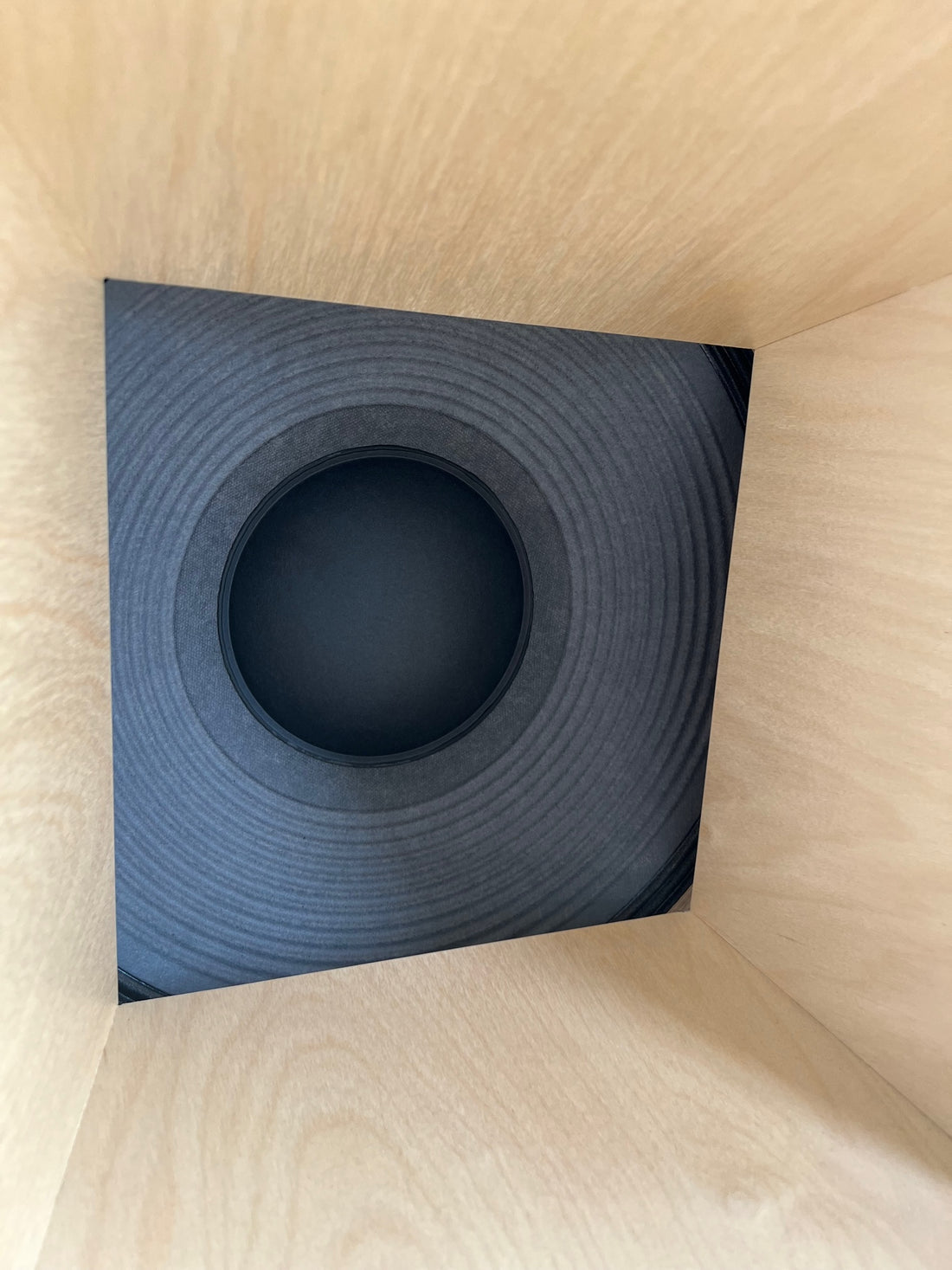
In this blog post I test the Beyma 15LX60V2 in cabinet No.1798 which is used in the 2087 system available as a turn-key build. I had great results with this woofer mounted in my Summer Rain cabinet which was featured in a previous blog here.
Bass cabinet No.1798 is available as a custom build as well and available for global shipping. I've built four pairs of these cabinets for various customers.


I currently have one pair in inventory, which is the cabinet used for this test.
I decided to measure indoors and outdoors for comparative data.
General
The Beyma 15LX60V2 retails for around 250 euro ($365 CAD).
● 4” DUO double layer in/out voice coil
● Extended controlled displacement: Xmax ± 9 mm
● 47 mm peak-to-peak excursion before damage
The woofer looks attractive in the 1798 cabinet. It looks similar to the TAD with the ribbed grey paper cone.

The woofer has a large ferrite magnet and is relatively shallow, similar to JBL.

Measurements
I began by conducting an impedance sweep which is shown below. The 1798 cabinet provides the optimal reflex alignment as you can see by the equal height peaks, with tuning centered at 33Hz. There is very little breakup in the cone until 1.9kHz.

Frequency Response (Indoors)
I measured the frequency response indoors by placing the cabinet 1m from the rear and side walls, placing the mic at 1m from the horn mouth. As you can see we are getting a lot of room reflections happening. But generally

If we apply 1/1 smoothing it gives us an idea of the general trend (in-room).

We see that we have bass extension to at least 30Hz with good sensitivity.
Outdoor Measurements
I placed the cabinet on a wheel dolly and rolled it outdoors. Conducting a frequency response at 1m is shown below without any smoothing. We can clearly see how much smoother the response is without the effect of room reflections. We are left with a linear response and the typical transfer function of the horn providing a rising response.

Judging by the result, it looks like a 500Hz crossover would be easy to implement along with a simple contour filter to flatten the rising response, thereby lowing distortion in the critical mid-bass region (80Hz-300Hz).
For those interested, I've shown the step response.

Burst decay shows a very clean result below 500Hz.

Distortion
To measure distortion I thought it reasonable to flatten the response for a more relevant scenario for a typical application.
Starting with harmonic at 85dB 1m we can see H2 at 0.09% (100Hz) with H3 at 0.07% and H4 at 0.02%.

Increasing the test SPL to 95dB we see H2 rise to 0.23%, H3 rise to 0.13%, and H4 decrease at 0.009%.

Increasing the test SPL to 105dB 1m we see H2 increase to 0.65%, H3 increase to 0.38%, and H4 at 0.02%.

There doesn't appear to be any significant distortion artifacts being fleshed out with the simple single sine test tone associated with the harmonic test. Let's move to intermodulation distortion.
Intermodulation Distortion
Excessive wind noise created some low frequency content at the 85dB test. But was see -52dB for the 100Hz region improving to -60dB at 500Hz.

Increasing the test SPL to 95dB we see an artifact show up at 100Hz previously not seen, worsening distortion to -45dB in this region. However at 50Hz we are out of the wind noise problem and seeing -55dB performance. At 500Hz we are at -55dB as well.

Increasing the test signal to 105dB SPL we see 50Hz still at -52dB, 500Hz reducing to -35dB, and 500Hz at -50dB.

Comparison
If we compare the test data with the TAD TL1601B featured here, the we can see that the TAD did a little better at the 100Hz region (85dB test signal level) being at -60dB compared to the Beyma's -52dB. The 500Hz region is better on the TAD being at -68dB versus -60dB.
However the Beyma pulls ahead at the 95dB test signal level, providing comparably similar performance as the TAD, with both drivers generally in the -55dB IMD performance region.
Subjective Listening
The Beyma 15LX60V2 provided punchy and defined bass, similar to the TAD and on par with the best that I've heard, for musical enjoyment. The Beyma had tremendous headroom for dynamic bass and mid-bass peaks. Visibly the driver easily utilized it's 47mm peak to peak mechanical xmax which was quite impressive to see and hear.
Conclusion
For use in the 1798 bass cabinet, the Beyma stands as the best 'affordable' option and certainly meets my performance target for sound quality. I highly recommend the Beyma 154LX60V2 for this application.
